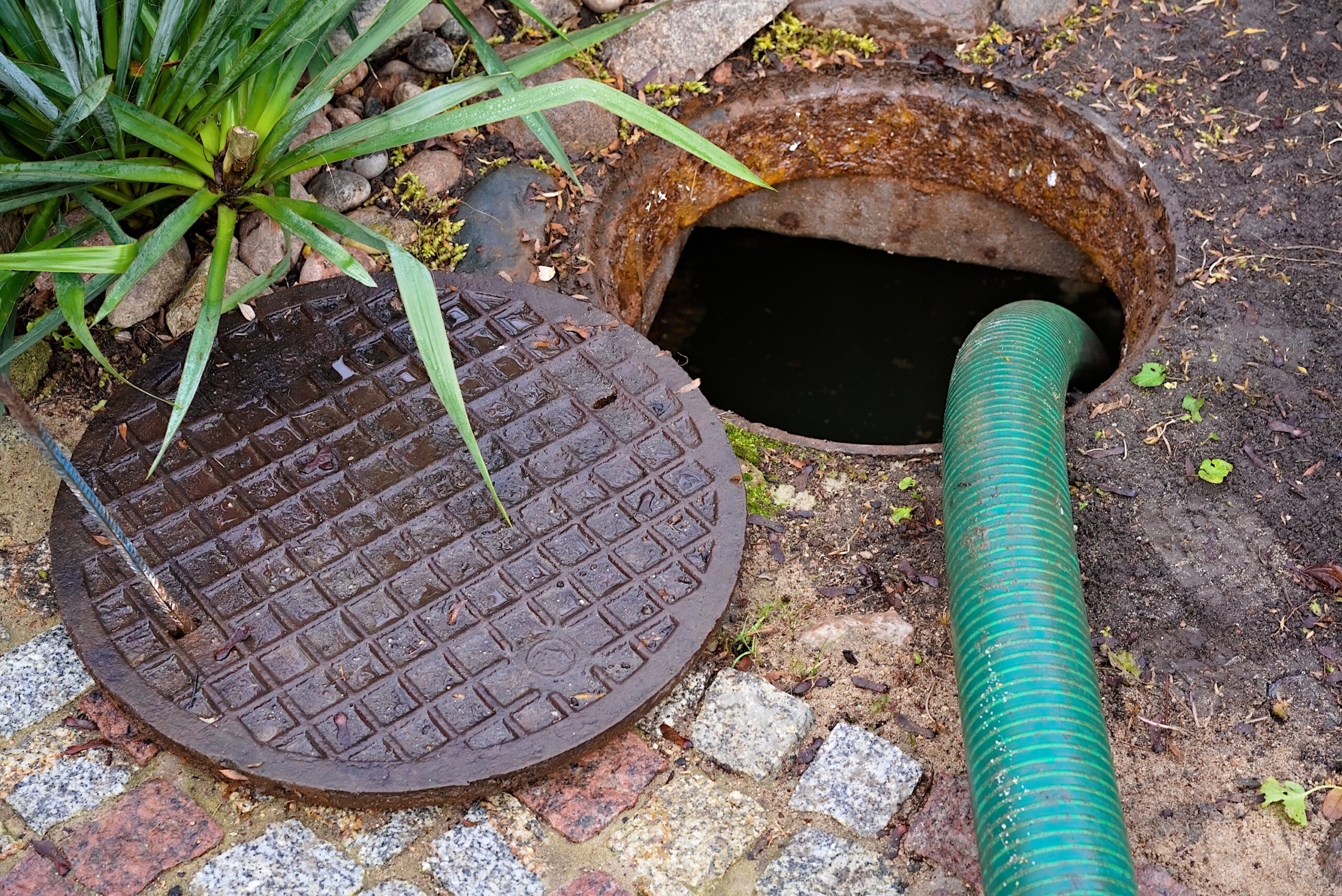Many of the warning signs of septic tank failure are obvious. For example, standing pools or puddles of water surrounding the drainfield generally indicate that the septic system is nearing catastrophic failure. Backups and drainage problems inside the house are usually signs that the tank itself is nearing maximum capacity. Strong, unpleasant odors around the tank or drainfield are signs that the decomposition process inside the tank is inefficient or failing. Understanding these warning signs and acting to remediate the septic system can often prevent homeowners from facing the costs of replacement and the added regulatory challenges that this large-scale construction project may entail in some areas.
Interpreting the clues
In cases where standing water is present in the area of the septic tank or the drainfield, it is important to identify the source of that water.
- Water that emanates from the septic tank may be a sign that the tank itself should be drained or that the outlet to the drainfield has been blocked. If the drainfield conduit is blocked, the repair costs should be minimal compared to the cost of replacement; pumping the tank may be required in either case in order to gain access to these pipes. If pumps are used to force water into the drainfield, it is worth checking to see if those pumps are still operational.
- Standing water over the drainfield may indicate that the soil itself is overloaded with water, as is often the case after a prolonged period of heavy rain. Excessive use of water inside the home or failure of the drainfield can also be responsible for this particular symptom of septic system overload. Changes in landscaping or terrain may cause this problem as well, so any renovations of the drainfield area must take its intended function into consideration. Problems with the distribution box of the system can also cause one portion of the drainfield to become overloaded while the remainder remains dry and unused.
- Backups and slow drainage from inside the home is one of the most common septic system problems and is usually caused by inefficient function of the bacteria within the tank or by blockages between the house and the septic tank itself. A visit from a plumber may be required to ensure that all pipes are clear and to ascertain the level of water within the septic tank; in some cases, pumping the septic tank may provide homeowners with added time to resolve the underlying problem.
Blockages in the system can often be addressed quickly by a trained plumbing expert or septic tank repair professional. To maintain the long-term health of the system, however, most home septic tanks can benefit by the installation of an advanced aerobic bacteria system. Aerobic bacterial systems such as the products offered by Aero-Stream are far more efficient than their anaerobic counterparts and can break down the biodegradable waste in the tank more quickly. This can reduce the strain on the overall septic arrangement and allow water to be purified and returned to the environment more quickly, allowing homeowners to extend the useful life of the septic tank and drainfield and avoid the high costs of replacement.











